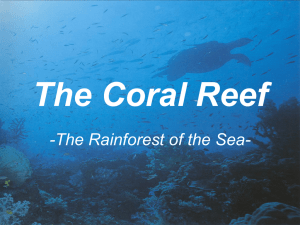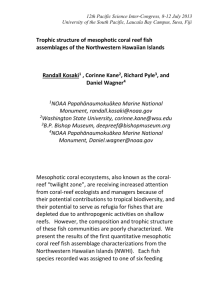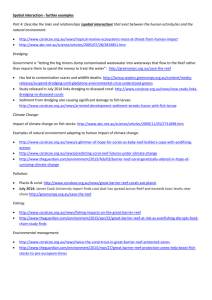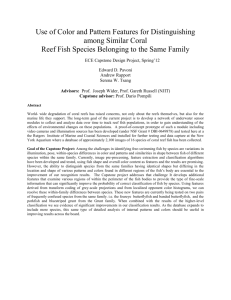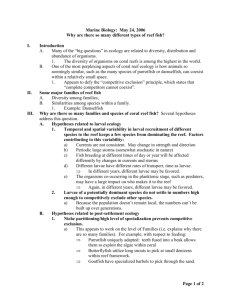Can the Kiunga MPA protect the Lamu fishery?
advertisement
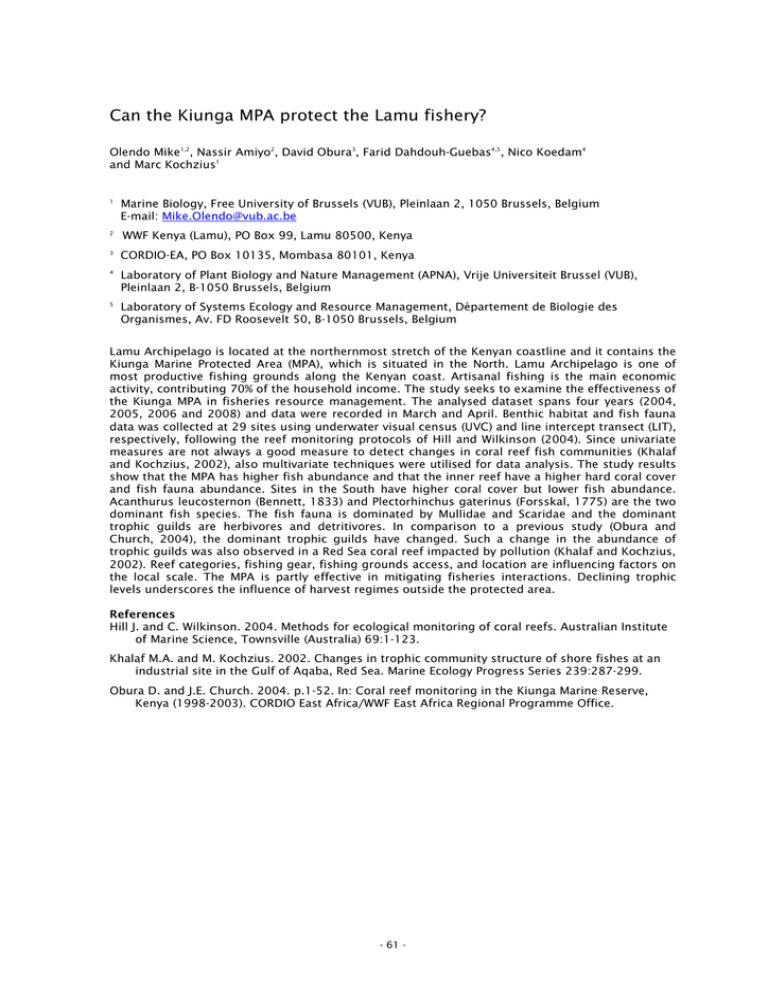
Can the Kiunga MPA protect the Lamu fishery? Olendo Mike1,2, Nassir Amiyo2, David Obura3, Farid Dahdouh-Guebas4,5, Nico Koedam4 and Marc Kochzius1 1 Marine Biology, Free University of Brussels (VUB), Pleinlaan 2, 1050 Brussels, Belgium E-mail: Mike.Olendo@vub.ac.be 2 WWF Kenya (Lamu), PO Box 99, Lamu 80500, Kenya 3 CORDIO-EA, PO Box 10135, Mombasa 80101, Kenya 4 Laboratory of Plant Biology and Nature Management (APNA), Vrije Universiteit Brussel (VUB), Pleinlaan 2, B-1050 Brussels, Belgium 5 Laboratory of Systems Ecology and Resource Management, Département de Biologie des Organismes, Av. FD Roosevelt 50, B-1050 Brussels, Belgium Lamu Archipelago is located at the northernmost stretch of the Kenyan coastline and it contains the Kiunga Marine Protected Area (MPA), which is situated in the North. Lamu Archipelago is one of most productive fishing grounds along the Kenyan coast. Artisanal fishing is the main economic activity, contributing 70% of the household income. The study seeks to examine the effectiveness of the Kiunga MPA in fisheries resource management. The analysed dataset spans four years (2004, 2005, 2006 and 2008) and data were recorded in March and April. Benthic habitat and fish fauna data was collected at 29 sites using underwater visual census (UVC) and line intercept transect (LIT), respectively, following the reef monitoring protocols of Hill and Wilkinson (2004). Since univariate measures are not always a good measure to detect changes in coral reef fish communities (Khalaf and Kochzius, 2002), also multivariate techniques were utilised for data analysis. The study results show that the MPA has higher fish abundance and that the inner reef have a higher hard coral cover and fish fauna abundance. Sites in the South have higher coral cover but lower fish abundance. Acanthurus leucosternon (Bennett, 1833) and Plectorhinchus gaterinus (Forsskal, 1775) are the two dominant fish species. The fish fauna is dominated by Mullidae and Scaridae and the dominant trophic guilds are herbivores and detritivores. In comparison to a previous study (Obura and Church, 2004), the dominant trophic guilds have changed. Such a change in the abundance of trophic guilds was also observed in a Red Sea coral reef impacted by pollution (Khalaf and Kochzius, 2002). Reef categories, fishing gear, fishing grounds access, and location are influencing factors on the local scale. The MPA is partly effective in mitigating fisheries interactions. Declining trophic levels underscores the influence of harvest regimes outside the protected area. References Hill J. and C. Wilkinson. 2004. Methods for ecological monitoring of coral reefs. Australian Institute of Marine Science, Townsville (Australia) 69:1-123. Khalaf M.A. and M. Kochzius. 2002. Changes in trophic community structure of shore fishes at an industrial site in the Gulf of Aqaba, Red Sea. Marine Ecology Progress Series 239:287-299. Obura D. and J.E. Church. 2004. p.1-52. In: Coral reef monitoring in the Kiunga Marine Reserve, Kenya (1998-2003). CORDIO East Africa/WWF East Africa Regional Programme Office. - 61 -
